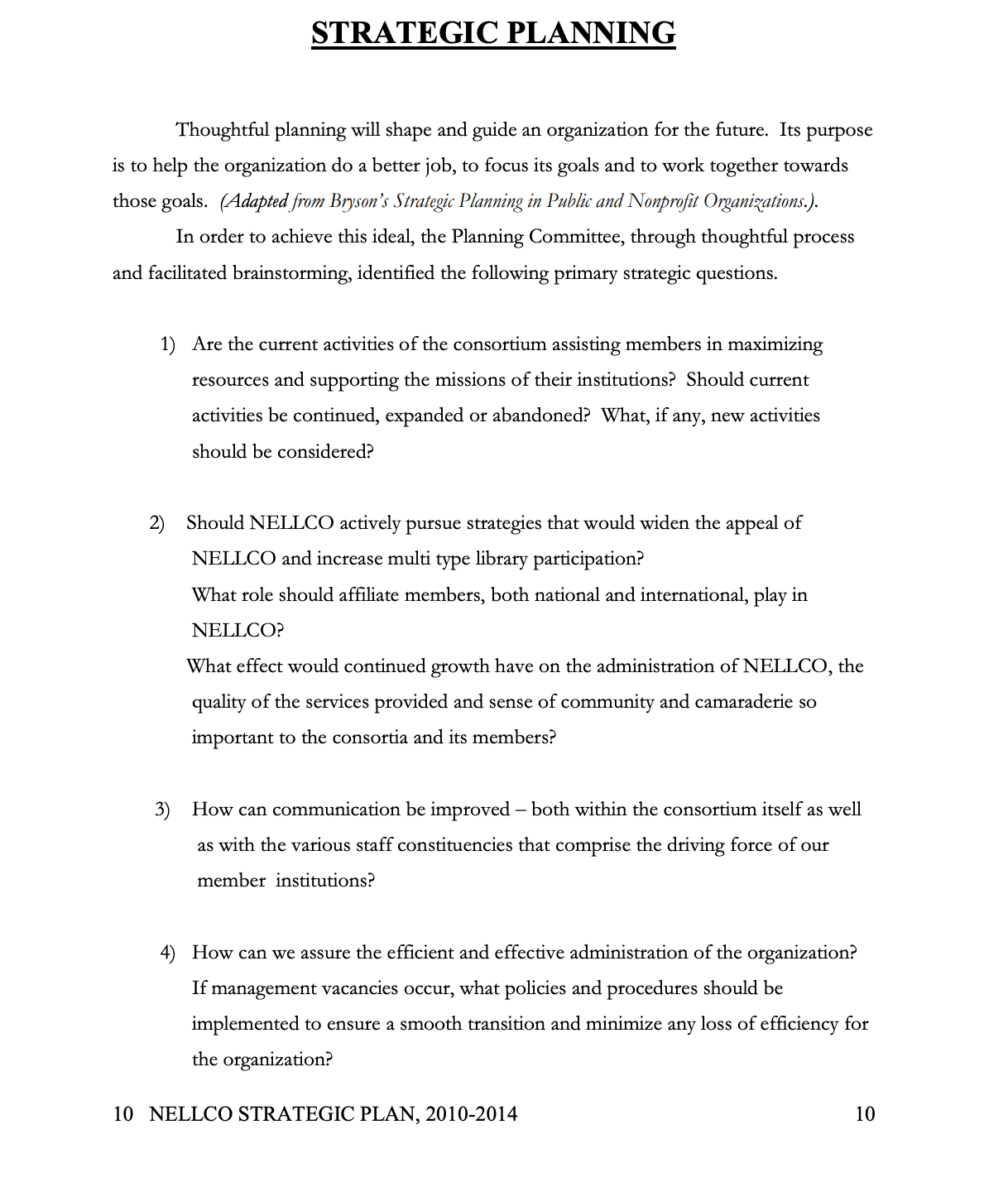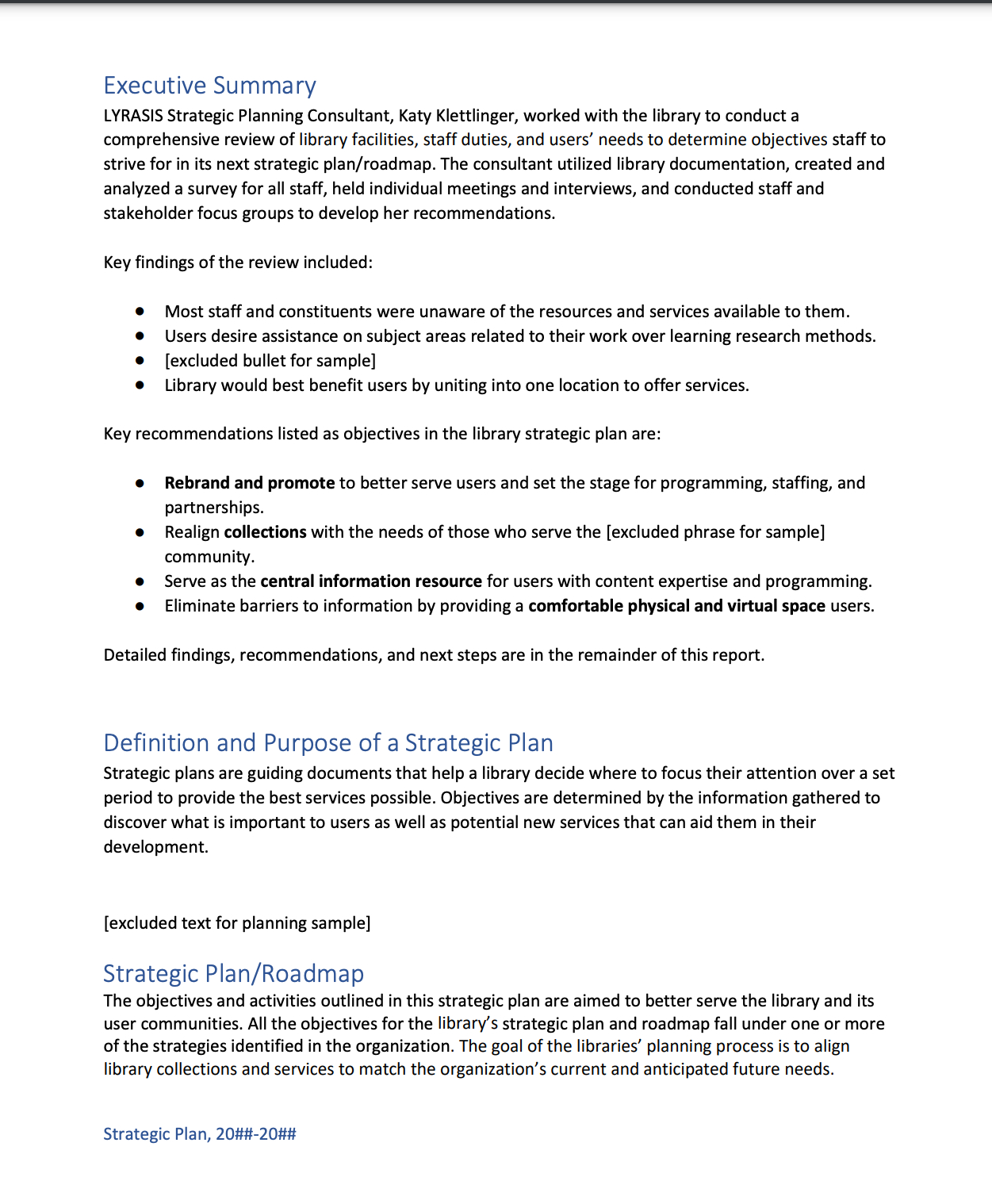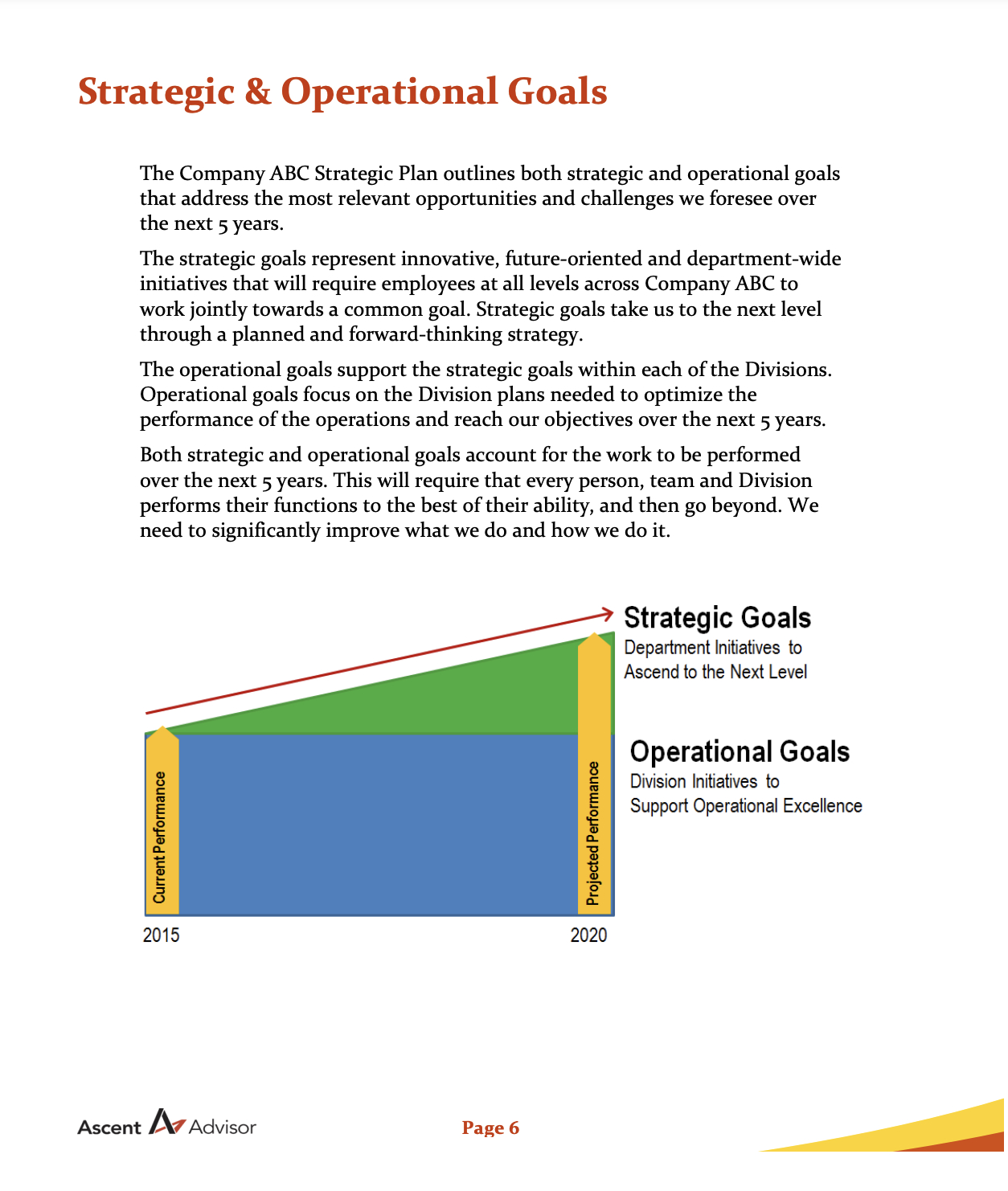Embark on a transformative journey with our Sample Client Strategic Plan Template. This Plan Template, designed for utmost efficiency, marries strategic insights with best-practice methodologies. It’s a proven framework for success in the ever-evolving business landscape. Tailored for the modern enterprise, it serves as an invaluable tool for enhancing client engagements, driving operational excellence, and achieving milestones. Whether you’re kickstarting a new initiative or refining existing strategies, this resource is pivotal for meaningful client collaboration and impactful results.
7+ Client Strategic Plan Samples
1. Client Strategic Plan Template
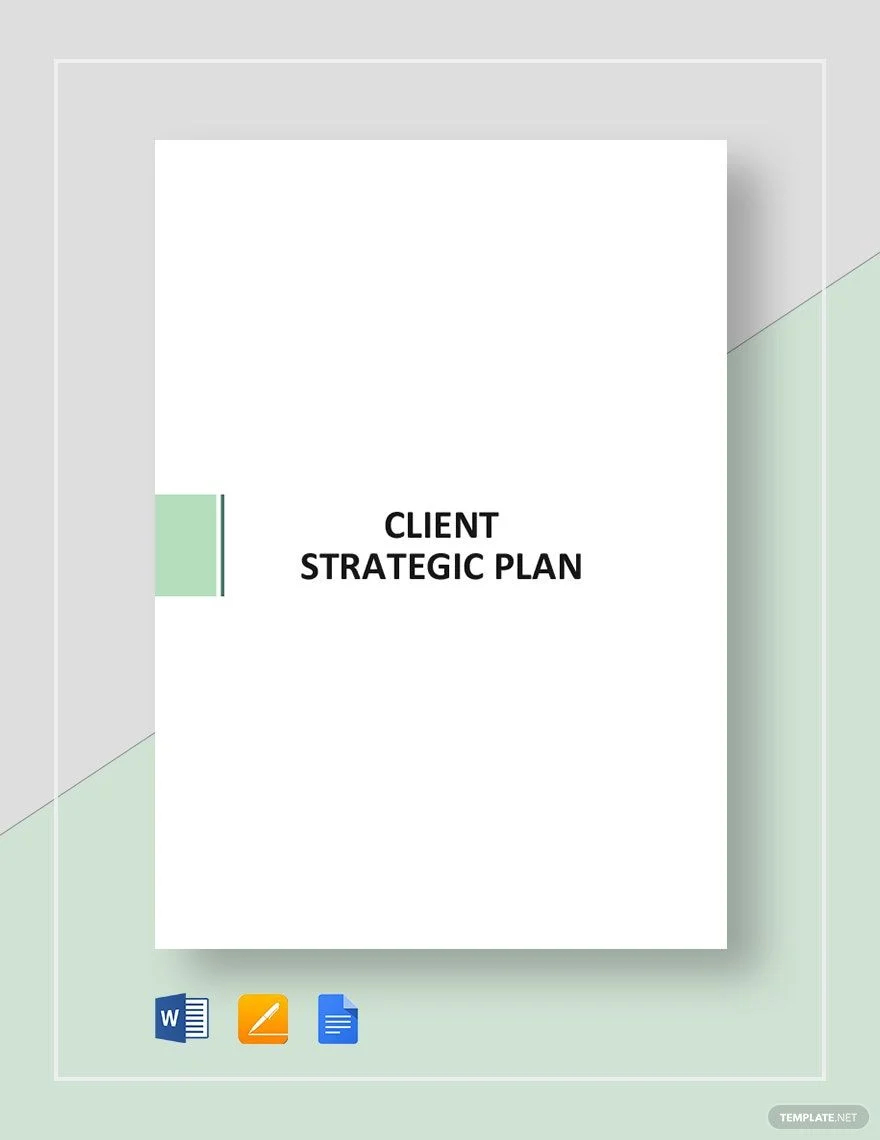
2. Strategic Plan Template
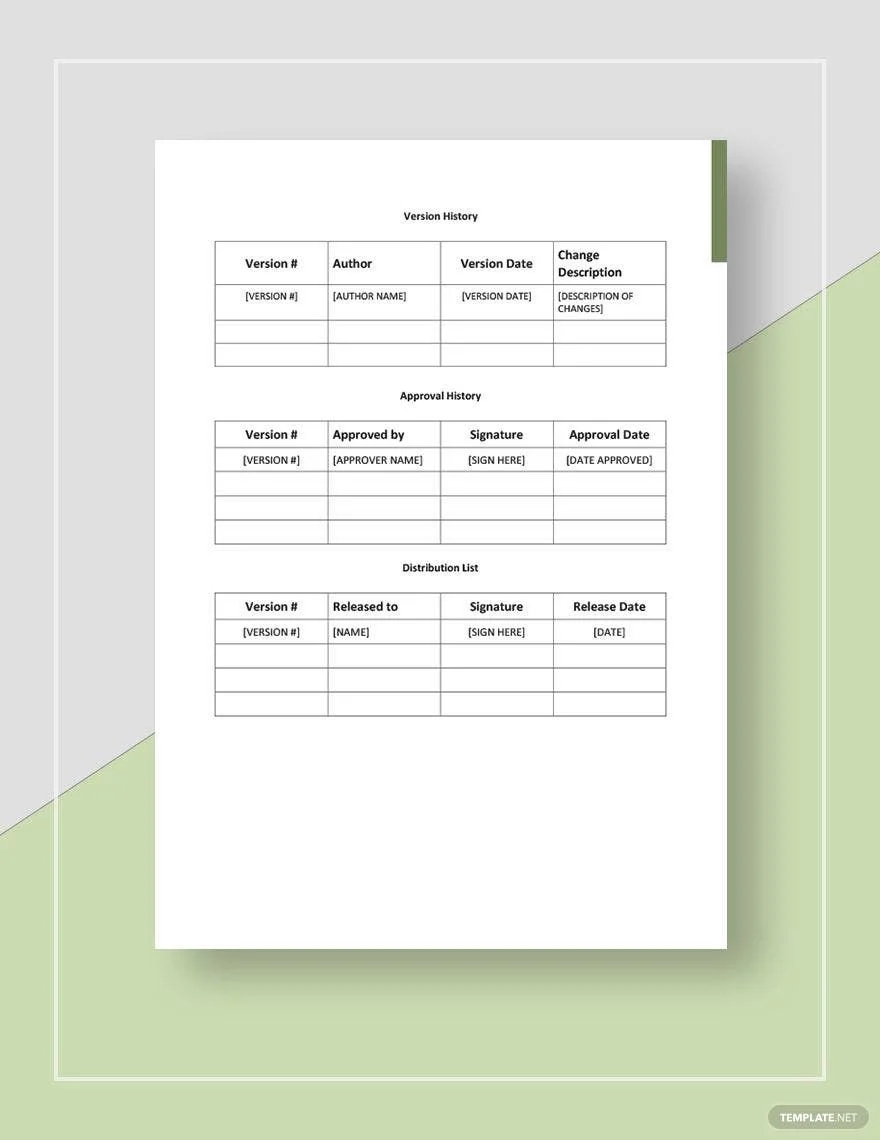
3. Strategy Plan Outline Template
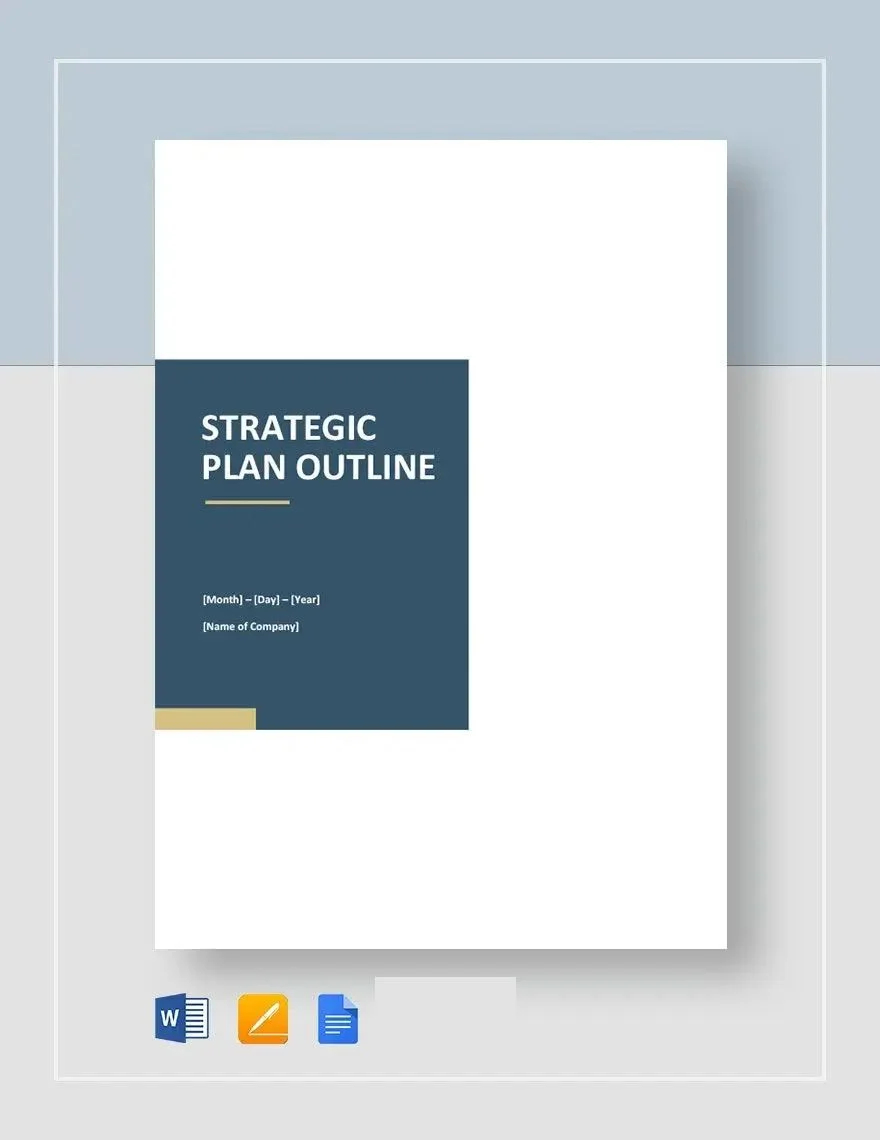
What Is a Client Strategic Plan?
In the vast world of business and client relations, a Client Strategic Plan stands as a crucial instrument, guiding interactions, expectations, and outcomes. At its core, this plan is a comprehensive document that outlines how a business intends to serve a particular client or group of clients. It goes beyond just product delivery or service provision; it encapsulates a broader vision of growth, collaboration, and mutual success.
Purpose and Importance
The primary purpose of a Client Strategic Plan is to define and structure the relationship between a business and its client. It’s not just about meeting the client’s immediate needs, but also anticipating future requirements, challenges, and opportunities. Such foresight aids in fostering long-term relationships, ensuring client loyalty, and facilitating consistent business growth.
By having a detailed plan in place, businesses can:
Align Objectives: Ensure both the client’s and the business’s goals are understood and in sync. This mutual understanding reduces conflicts and misalignments down the road.
Prioritize Resources: Allocate resources, whether it’s manpower, time, or finances, in a way that directly benefits the client relationship and optimizes returns on investment.
Measure and Analyze Performance: With set benchmarks and goals, a company can evaluate its performance over time, understanding where they excel and areas needing improvement.
Key Components
A robust Client Strategic Plan often comprises the following components:
Client Overview: A comprehensive profile of the client, including their business model, objectives, challenges, market position, and competitors.
Defined Goals: Clear, measurable goals that the business aims to achieve for the client. This could range from increasing sales, enhancing brand visibility, or streamlining operational processes.
Strategies and Tactics: A detailed breakdown of the strategies to be employed to achieve the set goals, alongside specific tactics and action plans.
Resource Allocation: Outlining the resources—like team members, budget, and tools—that will be dedicated to serving the client.
Performance Metrics: Key performance indicators (KPIs) and metrics to evaluate the success of the plan and the return on investment (ROI) for both parties.
Feedback and Communication Channels: Established protocols for regular check-ins, reviews, and feedback sessions, ensuring both parties remain aligned and informed.
A Client Strategic Plan isn’t a mere formality or a checkbox to tick off. It’s the backbone of any client-centered business approach. Such a plan ensures clarity, sets expectations, and paves the way for mutual growth and success. By understanding and integrating the nuances of this plan, businesses are better positioned to foster enduring, productive, and harmonious client relationships.
4. Strategic Plan Process Template
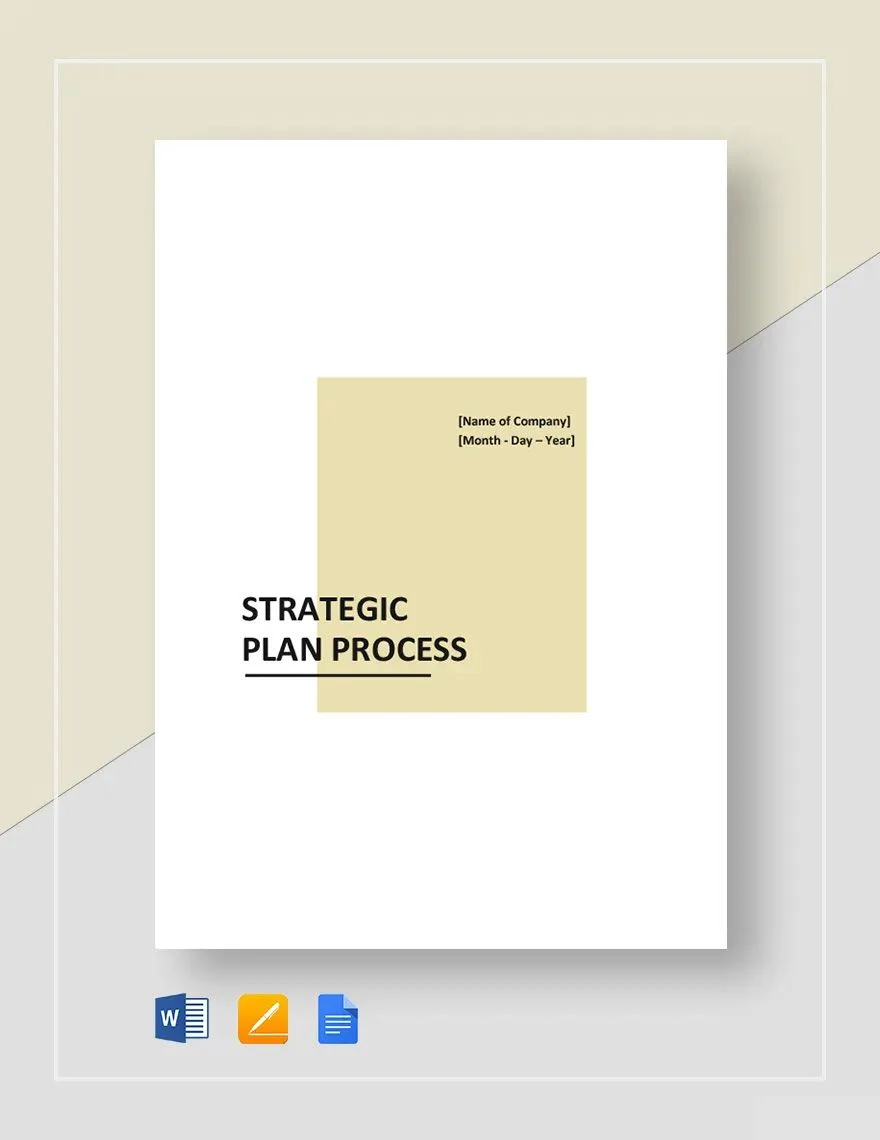
5. Printable Strategic Plan Template
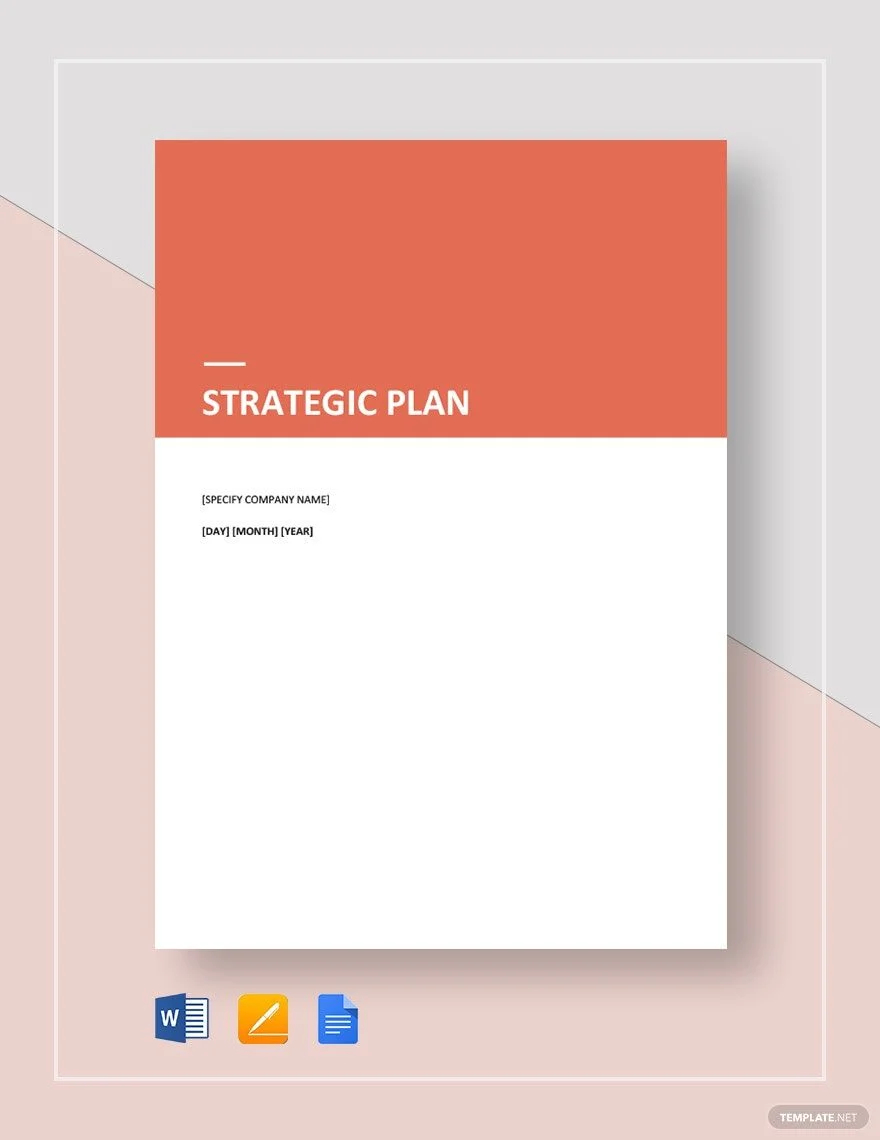
Purpose of a Client Strategic Plan
The business ecosystem, characterized by its dynamic nature and shifting landscapes, demands meticulous planning and foresight to maintain fruitful relationships with clients. A Client Strategic Plan serves as the cornerstone of this very ethos. But what is its real purpose, and why is it held in such high regard by businesses globally?
1. Building Strong Client Relationships
A well-crafted Client Strategic Plan is instrumental in fostering deep and enduring relationships with clients. It showcases a business’s commitment to understanding the client’s vision, challenges, and aspirations. By detailing the steps, resources, and strategies, businesses can illustrate their dedication to client success, which in turn fosters trust and mutual respect.
2. Aligning Objectives and Expectations
Misunderstandings or misaligned objectives can be detrimental to any business relationship. A Client Strategic Plan serves as a clear roadmap that details mutual goals, setting the course for both the client and the service provider. It ensures that both parties have a clear, shared vision of the desired outcomes, timelines, and success metrics.
3. Efficient Resource Allocation
Time, manpower, and financial resources are finite, and their efficient allocation is paramount. A Client Strategic Plan provides a clear outline of where and how these resources will be deployed. By understanding priorities and having a strategic roadmap, businesses can optimize their operations and avoid wastage, ensuring a better return on investment.
4. Proactive Problem Management
Every client relationship will face its set of challenges and hurdles. The purpose of a strategic plan is not just to react to these problems but to anticipate and mitigate them. With foresight and proactive planning, many potential issues can be nipped in the bud, ensuring smoother project execution and client interactions.
5. Continuous Improvement and Adaptability
Markets evolve, technologies advance, and client needs shift. A Client Strategic Plan is not a static document but a dynamic tool. It provides a framework for regular reviews, feedback, and updates. By routinely assessing performance against the plan, businesses can iterate and adapt, ensuring they remain aligned with the client’s evolving needs and priorities.
6. Enhancing Communication
Communication is the lifeblood of any relationship, especially in the business realm. A strategic plan sets the tone and cadence for regular interactions, updates, and feedback sessions. It ensures that both the client and the service provider are on the same page, facilitating transparency and open dialogue.
The purpose of a Client Strategic Plan extends far beyond a simple document outlining goals and strategies. It’s a testament to a business’s commitment to its clients, a tool for aligning visions, and a mechanism for proactive problem-solving. It is the very foundation upon which successful, lasting, and mutually beneficial client relationships are built. In an era where the client is king, such a plan is not just beneficial—it’s essential.
6. Client 5 Year Strategic Plan Template
7. Sample Client Strategic Plan Template
8. Client Strategic Plan Goal Template
Key Elements of a Client Strategic Plan
Navigating the intricate dynamics of a client-business relationship requires a strategic compass, and that’s precisely what a Client Strategic Plan provides. While the specific elements might vary depending on the nature of the business and the industry, several core components remain consistent across the board. Let’s delve deeper into these critical elements:
1. Executive Summary:
Every strategic plan starts with an executive summary. This section provides a high-level overview of the entire plan, offering insights into the primary goals, the strategies to achieve them, and the reason for their selection. For stakeholders skimming through the document, the executive summary is their first port of call.
2. Client Overview:
A deep understanding of the client’s background is crucial. This section delves into the client’s business model, industry positioning, competitors, challenges, and market opportunities. It sets the stage for the strategies and actions that will follow by providing context.
3. Defined Objectives and Goals:
Without clear objectives, a plan is merely a collection of actions with no direction. This section outlines the measurable goals that the business intends to achieve for the client, be it in terms of sales, brand positioning, user engagement, or any other relevant metric.
4. Strategies and Tactics:
While objectives answer the ‘what,’ strategies address the ‘how.’ This component breaks down the broader goals into actionable strategies, providing a roadmap for achieving the desired outcomes. Each strategy is further divided into specific tactics or action steps, creating a clear path forward.
5. Resource Allocation:
Knowing what you want to achieve is one thing; ensuring you have the means to achieve it is another. This section provides a detailed account of the resources—human, financial, technological—that will be deployed to execute the strategies. It ensures that there’s a realistic and efficient approach to goal realization.
6. Timeline and Milestones:
A strategic plan is time-bound. This element outlines the expected timeframe for each strategy and tactic, coupled with milestones to monitor progress. It provides both the client and the business with a clear picture of what to expect and when.
7. Performance Metrics and KPIs:
Measurement is integral to any plan. By defining key performance indicators (KPIs) and other relevant metrics, businesses can track and evaluate their performance objectively. This component ensures accountability and offers insights for future refinement.
8. Communication and Feedback Mechanisms:
To keep the client engaged and informed, regular communication is paramount. This section establishes the channels and frequency of communication, be it through weekly updates, monthly reviews, or quarterly strategy sessions.
9. Contingency Plans:
No plan is foolproof. Recognizing potential pitfalls and having backup plans in place ensures that any hiccups or unforeseen challenges don’t derail the entire strategy. Contingency plans showcase foresight and preparedness.
The strength of a Client Strategic Plan lies in its comprehensiveness and clarity. By incorporating these key elements, businesses not only establish a robust roadmap for client success but also build a foundation of trust, transparency, and collaboration. In the ever-evolving landscape of client relationships, a well-crafted strategic plan serves as both a guide and a testament to commitment.
Related Posts
FREE 7+ Fashion Business Plan Samples in PDF
FREE 10+ Sprint Planning Samples In MS Word | Google Docs | PDF
FREE 10+ Wedding Planning Samples in MS Word | Apple Pages | Powerpoint | PDF
FREE 9+ Monthly Study Planner Samples in PSD | Illustrator | InDesign | PDF
FREE 9+ Sample Curriculum Planning Templates in PDF | MS Word
FREE 10+ Teacher Development Plan Samples in MS Word | Google Docs | Apple Pages | PDF
FREE 10+ Basketball Practice Plan Samples in PDF
FREE 12+ School Business Plan Samples in PDF | MS Word | Apple Pages | Google Docs
FREE 11+ Trucking Business Plan Templates in PDF | MS Word | Google Docs | Pages
FREE 7+ Small Hotel Business Plan Samples PDF | MS Word | Apple Pages | Google Docs
FREE 14+ Bakery Business Plans in MS Word | PDF | Google Docs | Pages
FREE 4+ Yearly Lesson Plan Samples in PDF
FREE 50+ Strategic Planning Samples in Google Docs | Pages | PDF | MS Word
FREE 10+ Construction Project Plan Samples in MS Word | Google Docs | Apple Pages | PDF
FREE 10+ Construction Marketing Business Plan Samples in MS Word | Google Docs | PDF
